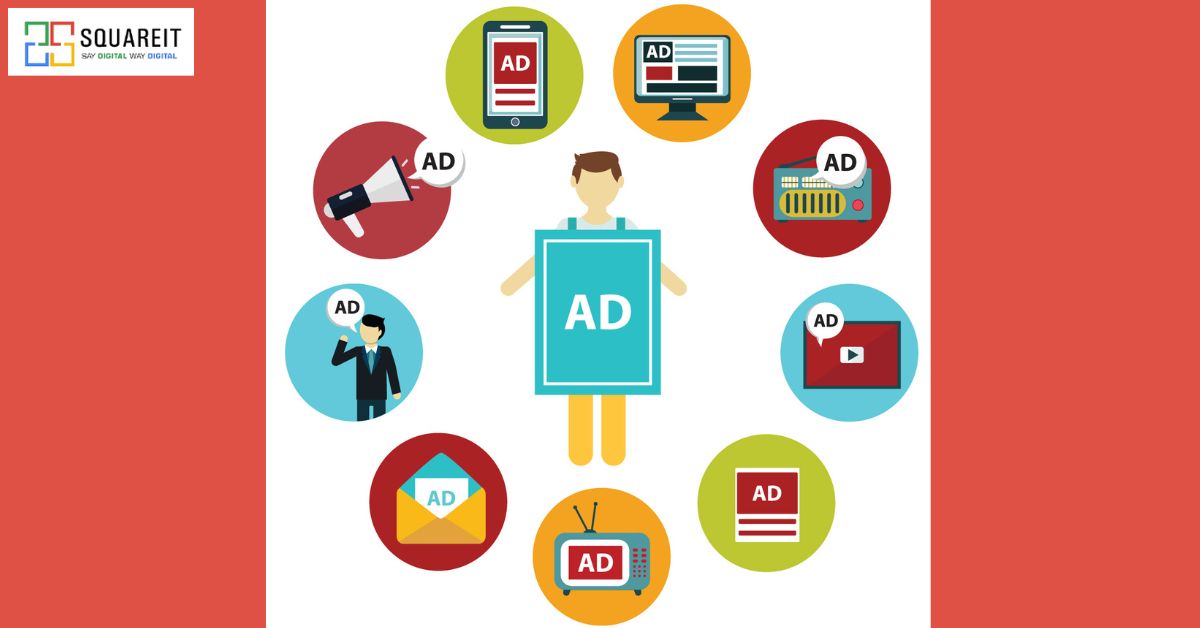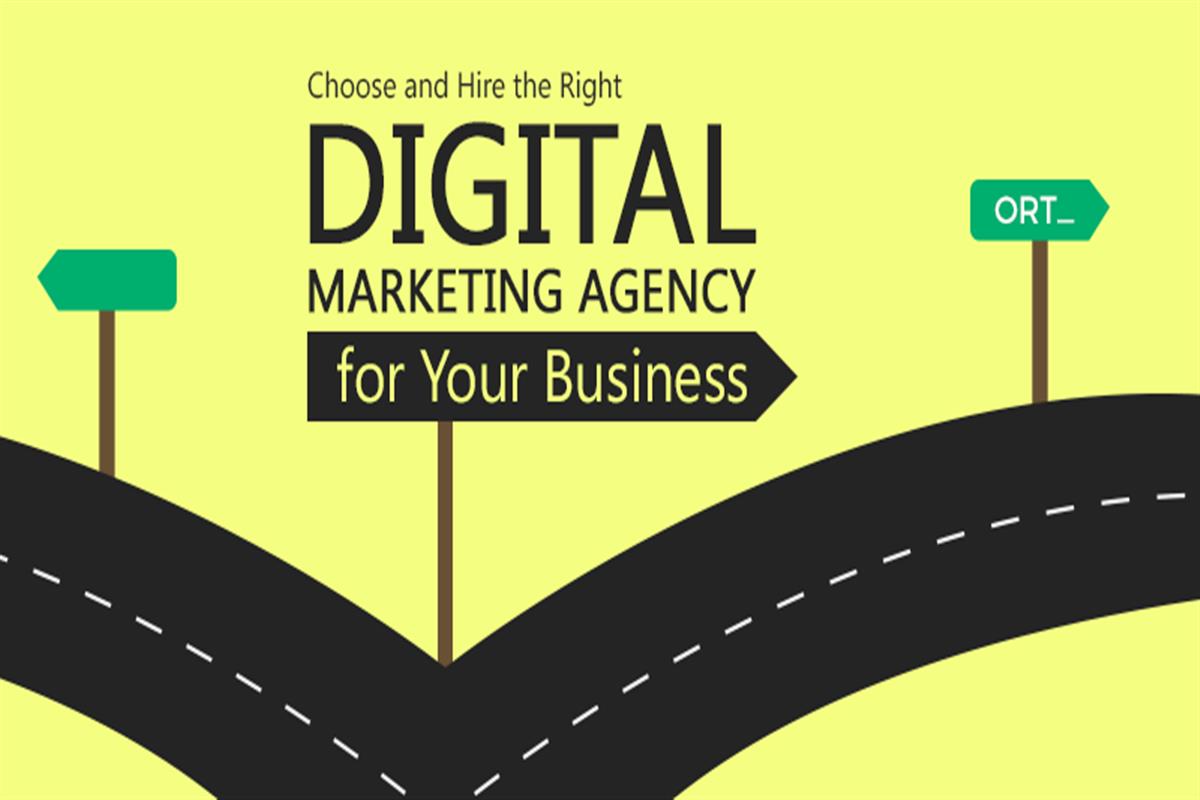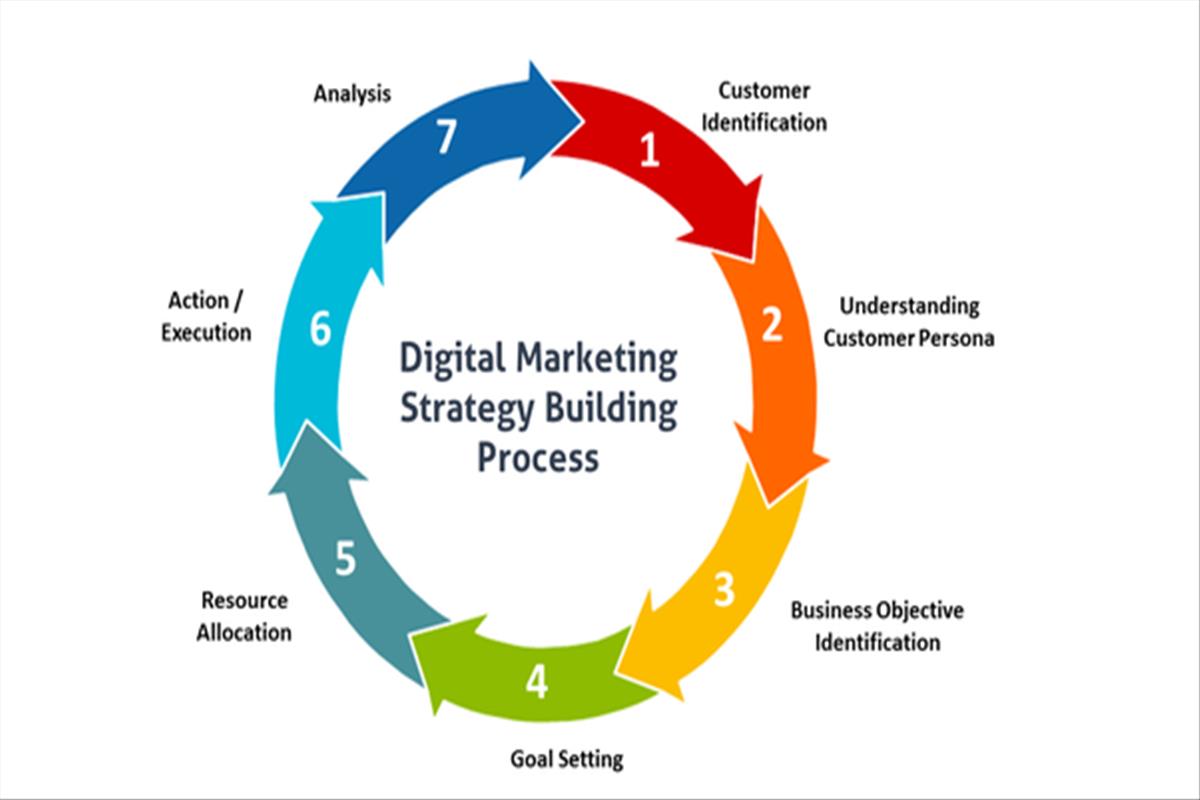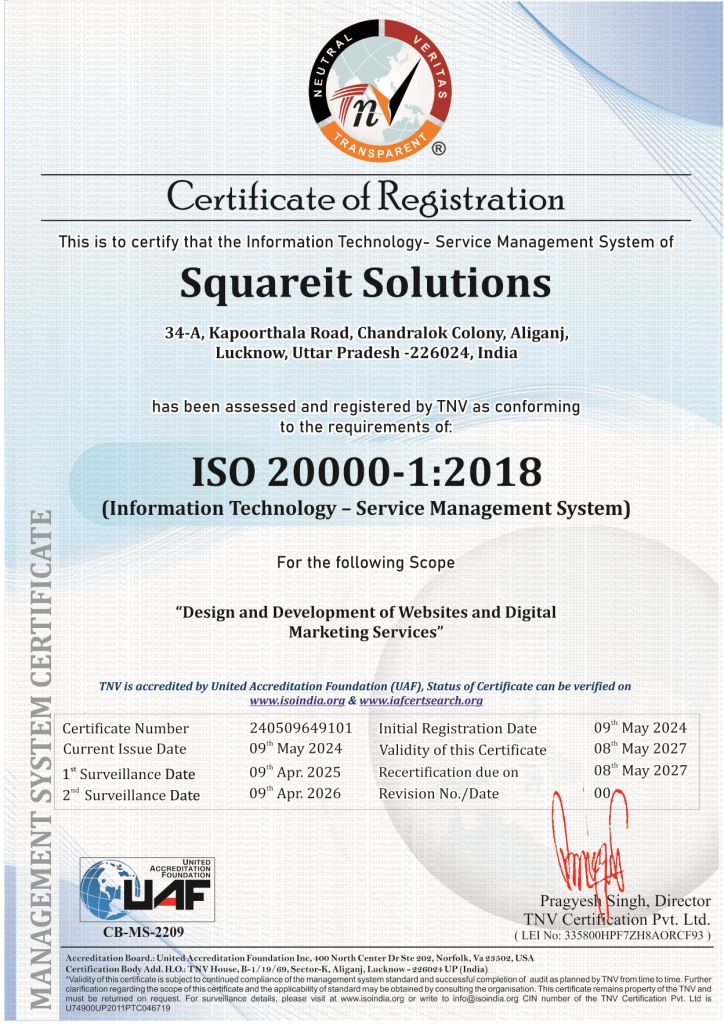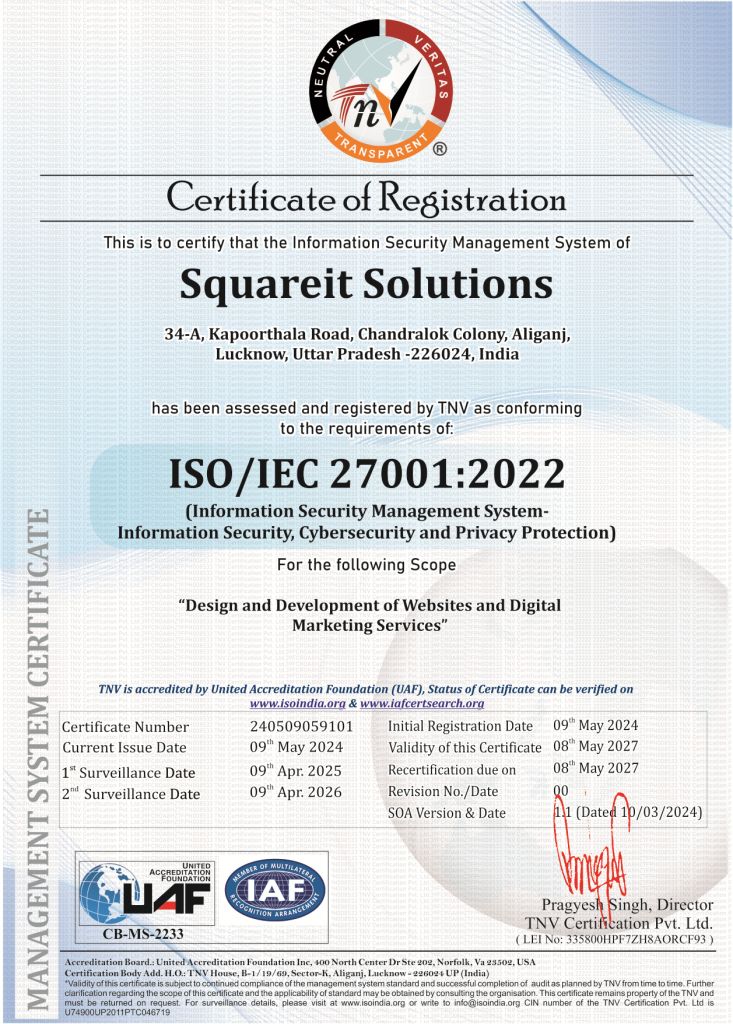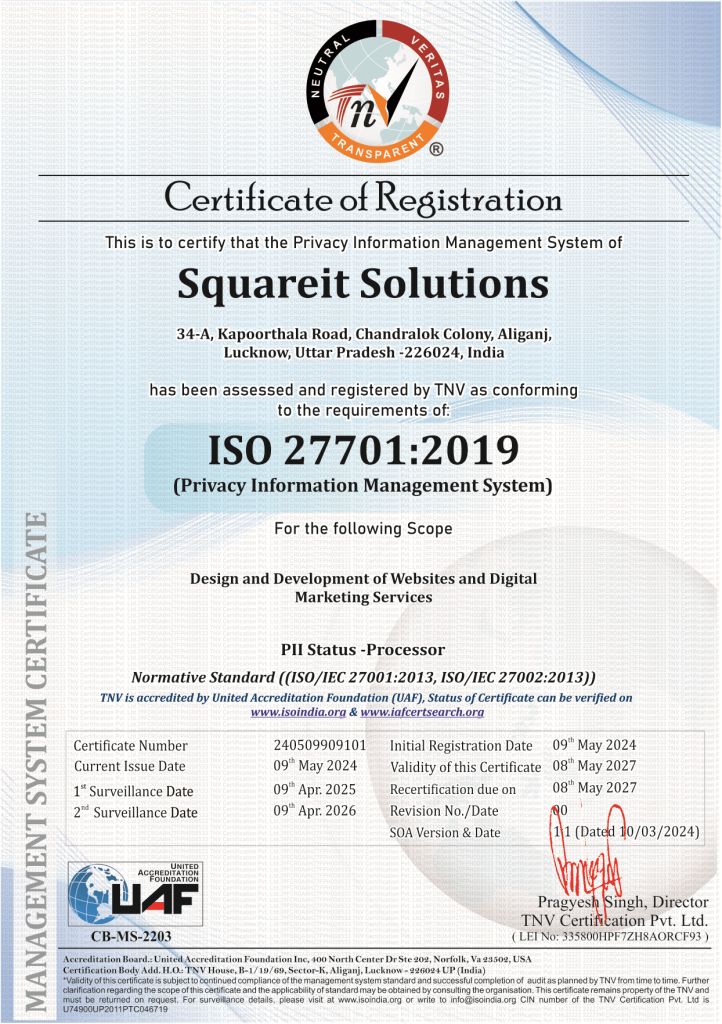From crafting a compelling message to choosing the right platform and ad format, there are several key factors to consider.
Creating effective digital advertisements is crucial in today's highly competitive market. With the increasing reliance on digital media, businesses must ensure that their ads stand out from the crowd and capture the attention of their target audience. From crafting a compelling message to choosing the right platform and ad format, there are several key factors to consider. By focusing on these elements and leveraging the latest technologies and tools, businesses can create ads that resonate with their audience, drive engagement, and ultimately, lead to conversions and sales.
Identify Your Marketing Goals
Digital marketing is one of the most effective ways to connect with your target audience and promote your product or service. However, with so many digital marketing channels and strategies to choose from, it can be difficult to know where to start.
To create effective digital advertisements, you need to first identify your marketing goals. Once you know what you want to achieve, you can choose the best digital marketing channels and strategies to reach your target audience.
Keep reading for 10 tips on how to create effective digital advertisements that will help you reach your marketing goals!
Research Your Market And Competitors
When creating digital advertisements, it’s important to properly research your target audience and competitors. This helps ensure that your ads will resonate with the right people and the right message.
When conducting market research, don’t limit yourself to just demographics and purchase behavior. Instead, look into topics such as customer pain points, customer motivations, and customer preferences. Also, take the time to learn who your competitors are and what kind of digital advertising they are using.
Knowing who your target audience is and what your competitors are offering will help you create a more effective and successful digital advertising campaign.
Define Your Messaging
In order to be successful with digital advertising, your messaging must be on point. You need to be sure that your message is clear, relevant, and appealing to your target audience.
Start by establishing your goals and objectives. Identify what you wish to achieve with your digital ad campaigns. Is your goal to drive leads, boost website traffic, or increase brand awareness? These will influence the type of messaging you need to use.
Next, come up with creative and compelling ideas to promote your business. Brainstorm keywords that best represent your company and use them in your messaging in an engaging and effective way.
Finally, keep your message concise and to the point. Digital ads are limited in space, so make sure you’re not wasting words. Always remember it should be direct and easy to understand.
By defining your messaging, you’ll be able to create effective digital advertisements that will get the attention of your target audience and help you achieve your goals.
Figure Out Who Your Audience
Once you have your messaging ironed out, it’s time to figure out who your audience is. Understanding who your target audience is will influence the tone and content of your advertisements.
Start by outlining the demographics of your ideal customer. How old are they? What gender? Where do they live? What is their income level? What is their profession? Knowing the answers to these questions will help you better shape your ads for maximum success.
Next, think about where your audience is in their buyer journeys. Are they just researching for solutions to their problems? Are they comparing solutions? Or, are they already leaning toward a particular option? Having an understanding of your buyer’s journey will help you create content that is relevant to their needs.
Finally, think about where your ideal customer spends their time online. Are they active on social media? Do they read articles and blogs? Focus on websites and apps they use. Knowing where they are active will help you determine the best strategy to reach them.
By figuring out who your audience is, you’ll have a better understanding of how to create effective digital advertisements that will capture their attention and drive your business’s success.
Figure Out Where You Should Advertise
Now that you know your audience, it’s time to figure out where to advertise. Many businesses approach advertising with a shotgun approach, spraying their message across a multitude of channels. Granted, it’s true that you should spread your marketing efforts across multiple channels. However, the most effective marketing campaigns target a specific audience and channels.
The following are the top five online channels to consider when creating digital advertising campaigns.
1. Paid Search: Paid search advertising is a popular and effective way to reach out to prospects. With this medium, you create ads that will appear when a user performs a relevant search on Google or any other search engine. By bidding for the search terms that you believe your target audience is looking for, you can deliver your ads to an already engaged group of people.
2. Social Ads: Advertising on social media is a great way to connect with your target audience. With Facebook Ads, you can create ads targeted to a group of users based on their demographic information and interests. You can also use ads to promote your content or build brand awareness.
3. Display Ads: With display ads, you have great visibility to a large and growing audience. You can choose from a wide variety of options like text, image, and video ads. Display ads can also be targeted to a specific audience based on their age, gender, interests, and more.
4. Native Ads: Native ads are ones you embed in an article
Don't Forget To Include A Call-To-Action
Every advertisement needs to include a call-to-action (CTA). A CTA should be included at the end of your advertisement and entice the customer to take another step toward your business. The call-to-action can be something as simple as downloading an ebook, entering an email address, or signing up for a newsletter.
Ensure that the CTA is clearly visible – it should be located at the bottom of your ad, close to the clickable link or button. The text of your CTA should be short, yet effective. Don't forget to use actionable and descriptive words like "learn more", "get your free ebook", "register now", etc.
Also, consider including a link or a button with a contrasting color to draw the attention of your readers. Including a strong CTA helps in driving the customer deeper into your conversion funnel, thus improving your ROI and overall conversion rate.
Track Your Metrics
It is crucial to track the performance of your digital advertisements. You should track important metrics like impressions, clicks, leads and conversions to understand the success of your ad campaigns and make necessary tweaks to increase your ROI and conversion rate.
Tracking metrics can be done easily by using tools like Google Analytics and Facebook Insights. These tools provide detailed insights on how your ads are performing, who is interacting with them, and which are the best performing ads.
By tracking key metrics of your digital advertisements, you can identify which ads are working, what needs to be improved, and how to optimize your budget to get the best ROI from your ad campaigns.
Understand the Buyer Process
Understanding the buyer process and the customer journey is essential before creating digital advertisements. Every customer who visits your website is at different levels of the purchase cycle, and it’s important to understand the customer journey in order to create effective digital advertisements.
The buyer’s process consists of four main stages: awareness, interest, evaluation, and purchase. A customer who starts in the awareness stage may become aware of your brand, product, or service. Then they progress to the interest stage, where they may seek more information, visit your website and look for more details. During the evaluation stage, they assess your offer and their interest in it. Eventually, they reach the purchase stage, where they decide whether to make the purchase or not.
Knowing the buyer’s process and the customer journey helps you create digital advertisements that can target the customer in each stage and provide them with the information and support they need to move to the next stage.
Integrate All Marketing Channels
Integrating all marketing channels is important to maximize the effectiveness of your digital ad campaigns. It allows you to deliver a cohesive message and enhances customer experience.
Your digital ads should be part of a larger marketing strategy that combines a range of channels such as email, website, offline media, content marketing, and social media to amplify their reach and impact.
For digital ads to be successful, create a strong brand image by using consistent colors, fonts, and messaging across all marketing channels. Keep in mind that the digital ad should link to other parts of the website or another web page to complete the customer journey.
Integrating all marketing channels allows you to evaluate the overall performance of your digital ad campaigns, measure conversions, and create a cohesive customer experience. It also ensures that customers get the same messages across different channels and strengthens your brand image.
Retarget website visitors
Retargeting website visitors is a great way to generate leads and boost sales. Retargeting is a type of online advertising where you can target people who have previously visited your website.
By using retargeting, you can show custom ads to visitors who have previously interacted with your business, such as returning visitors, new subscribers, or abandoned cart customers.
Here are some tips for creating effective retargeting campaigns:
1. Identify Your Target Audience: Use analytics tools to get insights into the demographics and interests of your target audience so you can create more relevant ads.
2. Use Dynamic Ads: To create ads that appeal to a specific customer, use dynamic ads that are tailored to each customer's interests.
3. Leverage Location Targeting: Use location targeting to reach people in a certain geographical area.
4. Segment Your Audience: You can create different campaigns for different categories of visitors such as returning visitors, new subscribers, and abandoned cart customers.
5. Test Different Ad Formats: Test various ad formats such as banners, videos, and native ads to determine which one works best for your business.
6. Optimize Your Landing Pages: To get the most out of your ads, create carefully-crafted landing pages with a clear value proposition to provide a better user experience and encourage conversions.
7. Track Results: Monitor the performance of your campaigns and measure metrics such as CTR (click-through rate), conversion rate, and ROI (return on investment).
8. Offer Value: Make sure your ad offers something valuable such as a discount or a free consultation to create a better subscription rate.
9. Create Engaging Copy: Use engaging and actionable copy in your ads that let users know what they will get if they click on the ad.
10. A/B Test Ads: A/B testing is the process of trying out different versions of an ad to determine which one performs better. Test different elements such as headlines, copy, and images to determine what resonates with your audience.
Conclusion
In conclusion, digital advertising has become an essential component of modern marketing strategies. With its ability to reach a vast audience and target specific demographics, it has revolutionized the advertising industry. However, it also presents challenges such as ad fraud, privacy concerns, and ad blockers. Advertisers must stay up-to-date with technological advancements and adapt to consumer preferences to remain effective in the digital advertising landscape.
FAQs
Q.1 What is the initial step in developing effective digital ads?
Defining the target audience is the first step in creating effective digital advertisements.
Q.2 What should you do when defining your messaging for digital advertisements?
When defining messaging for digital ads, focus on the unique value proposition, use clear and concise language, and tailor the message to the target audience.
Q.3 Why is it important to include a call to action in your digital advertisements?
Including a call-to-action (CTA) in digital ads is important because it prompts users to take a specific action, such as making a purchase or filling out a form.
Q.4 What are the benefits of tracking metrics for digital advertisements?
Tracking metrics for digital ads helps to measure the effectiveness of campaigns, optimize performance, and achieve better ROI.
Q.5 What is retargeting?
digital advertising strategy used in Google Ads to show targeted ads to users who have previously interacted with a website or a specific page on that website.

